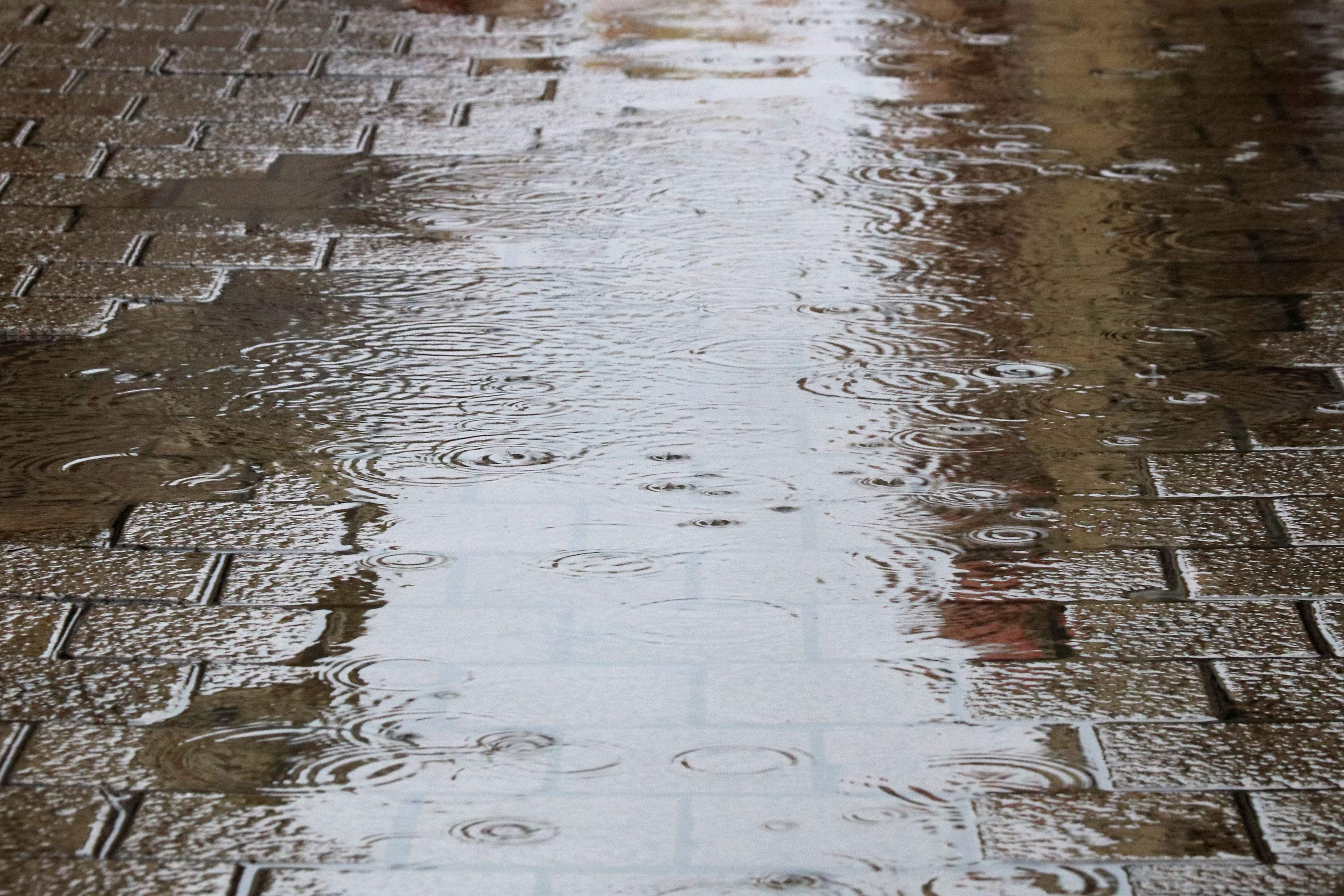After the abundant rainfall that soaked most of Catalonia at the end of April, and with the reservoirs of the internal catchment basins, located in the east of the territory, reaching 25% of their capacity, Emergency Phase drought restrictions have been relaxed in the main areas in which they had been imposed: specifically, the Ter-Llobregat river system. This change affects more than 6 million people in 202 Catalan municipalities, including Barcelona, most of its metropolitan area, and other eastern parts of Catalonia. That is what the Catalan government's interdepartmental drought committee has agreed this morning, as announced by spokesperson Patrícia Plaja and climate action minister David Mascort in a press conference.
Although tempering their message with the warning that the drought has not ended with these rains, and that it remains severe, the government spokesperson celebrated that the recent precipitation has made it possible to leave behind the emergency phase: "The increase in reserves allows us to ease the restrictions that have existed in recent months", she announced. It is planned that this change from Emergency to Exceptionality status, which allows, for example, to increase the provision of water to municipalities to 230 litres per resident per day from the current 200, will come into force next Monday.
The minister Mascort stressed that this is the "worst drought we have on record", which has led the government to make "decisions that are not always easy" over the last three years, but that these have served to "overcome historic lows without generalized effects", highlighting, of course, the efforts of the primary sector and farmers, who have suffered the most from the restrictions due to the lack of rain.
Communal swimming pools can now be filled
One of the areas of restriction that has generated most controversy in recent months has been the use of swimming pools and the limitations on filling them. Now, with the change of drought phase, this situation is also altered and it will only be forbidden to fill those pools that are private, while it will be permitted to fill communally-used pools, a change that affects hotels, campsites, sports clubs and residential buildings with shared pools.
Volume as % of capacity for Catalan internal catchment basins since 2019: click on dropdown list to select individual reservoirs.
Emergency drought status began in February
At the beginning of April, after a few wet days in March, the minister Mascort raised the possibility of easing the Emergency Phase 1 level of restrictions, at a time when the Catalan Water Agency (ACA) data showed that the reservoirs were at just under 17% of capacity. Mascort subsequently corrected himself and considered that "it would not make sense" to take this step: "If we have to lift the emergency phase and return to exceptional status, but then two weeks later return to the emergency, we won't do it". Days earlier he had assured that he did not rule out the relaxing of measures if it continued to "rain a lot".
The announcement of the entry into emergency phase of the entire Ter-Llobregat system by president Pere Aragonès and minister Mascort took place on February 1st. This area has a population of around six million people in 202 municipalities, encompassing almost the whole of metropolitan Barcelona, stretching south along the coast to Cubelles, north across the Maresme and Costa Brava as far as Pals, as well as going inland up the Ter river to Girona and up the Llobregat catchment as far as Solsona. Reservoirs supplying this region were below 100 hm³ (16% of their capacity), so the phase change it was inevitable, following the guidelines of Catalonia's Special Drought Plan that has governed this entire crisis.
During the last few weeks, both the president and the minister had ruled out that there even tighter restrictions would be necessary - under emergency phase, Catalan municipalities were limited to water consumption based on a figure of 200 litres per inhabitant per day. However, the figure would have been reduced still more in the case of Emergency Phases 2 and 3, but finally, thanks to the rain at the end of April - much of which fell in the headwaters of river catchments and around the reservoirs themselves, this situation was able to be avoided. Nor has it been necessary to resort to the shipping of water from Sagunt, in the València Country, which was already planned for this summer.

